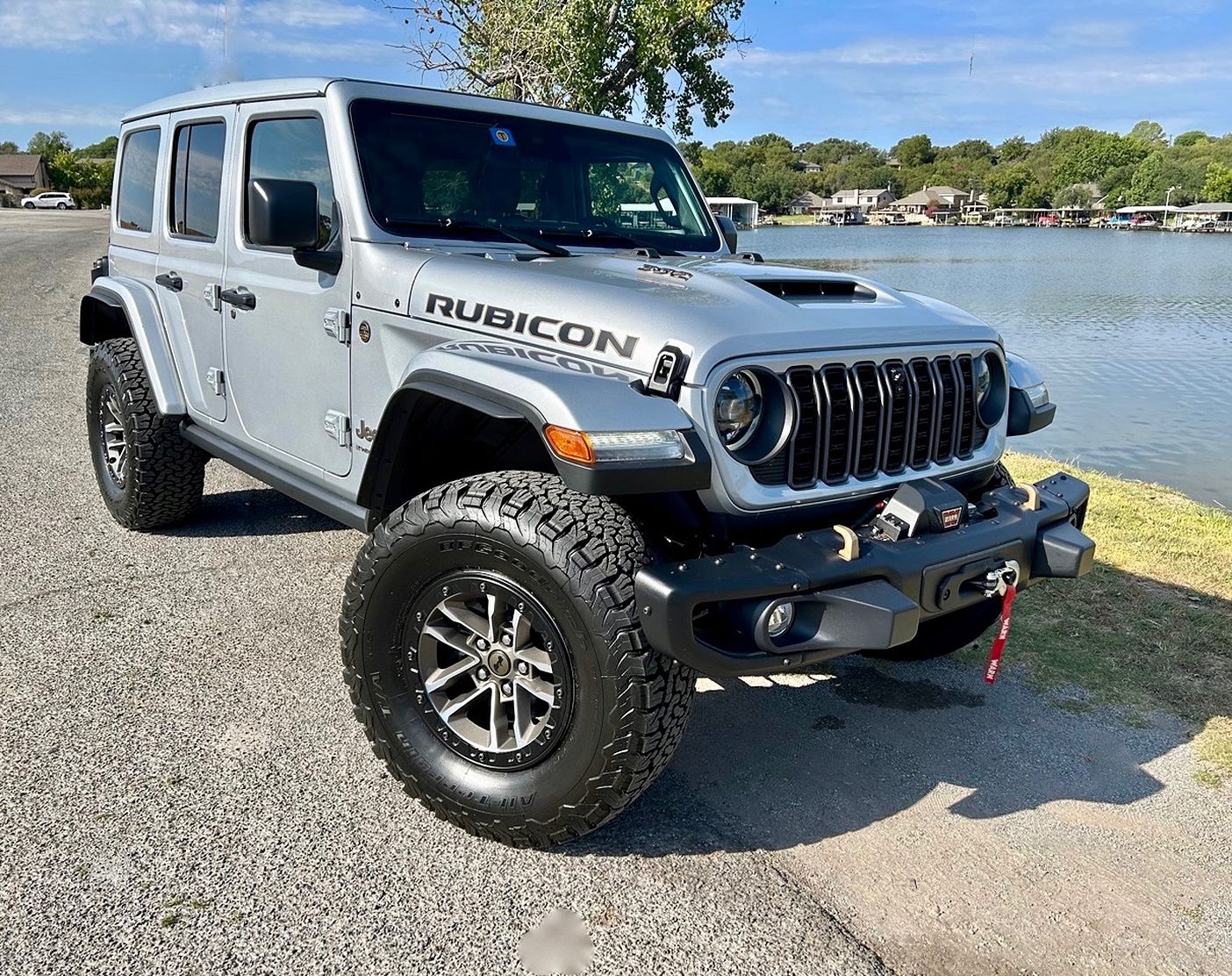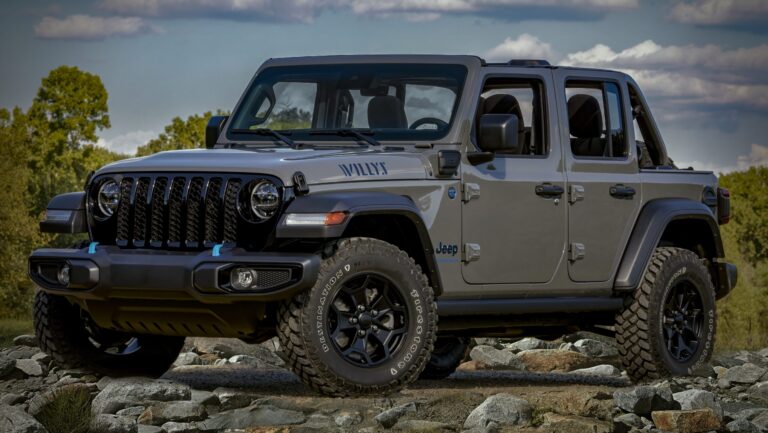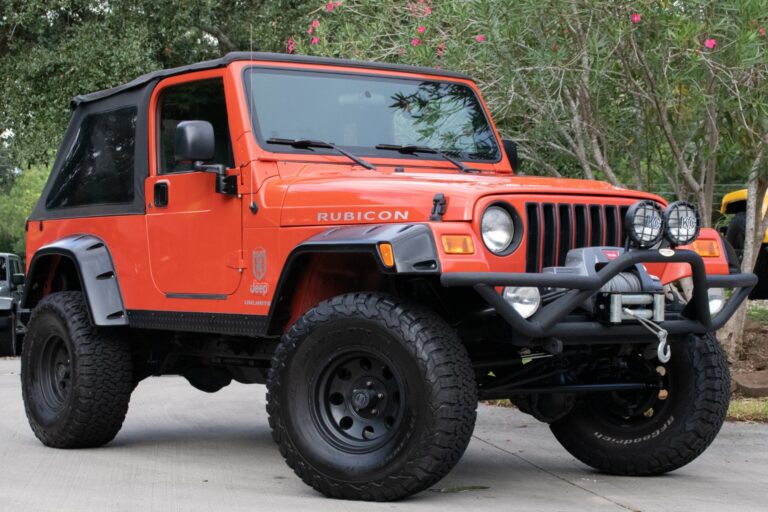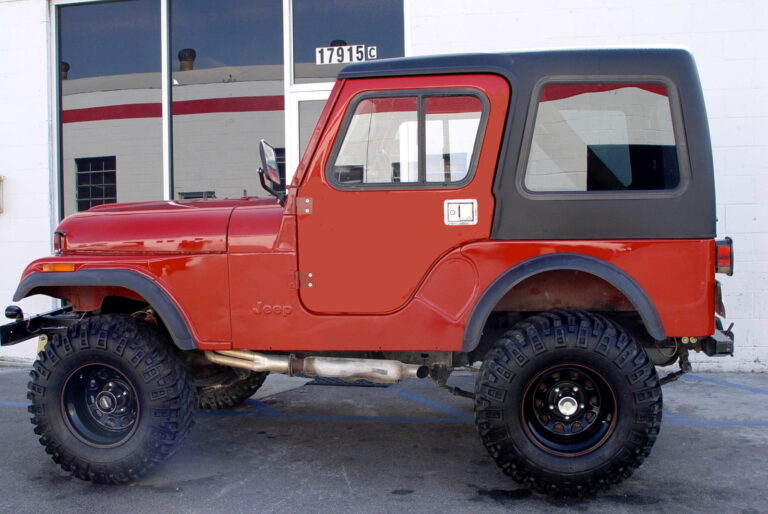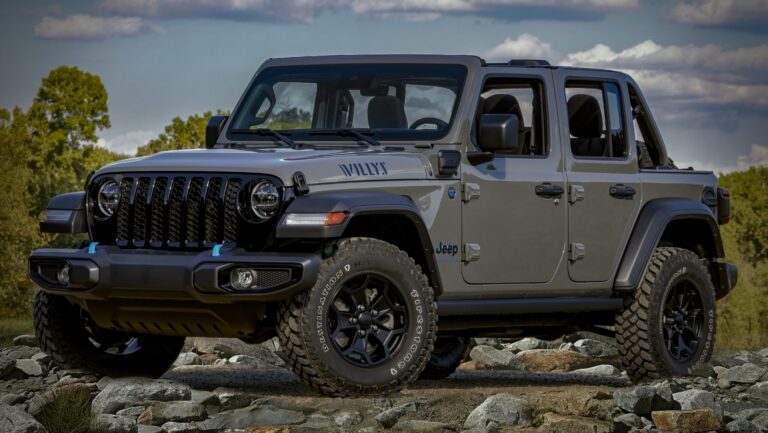40s Jeep For Sale: Your Comprehensive Guide to Owning a Piece of History
40s Jeep For Sale: Your Comprehensive Guide to Owning a Piece of History jeeps.truckstrend.com
The iconic silhouette of a 1940s Jeep instantly conjures images of wartime bravery, rugged utility, and pioneering spirit. More than just a vehicle, the "40s Jeep" – primarily referring to the Willys MB, Ford GPW, and the early civilian CJ-2A – is a tangible piece of history, a symbol of American ingenuity and resilience. For enthusiasts, collectors, and history buffs, the quest for a 40s Jeep for sale is not merely about acquiring a vehicle; it’s about preserving a legacy, experiencing a bygone era, and owning a machine that helped shape the modern world.
This comprehensive guide is designed to navigate the exciting, yet often challenging, landscape of finding, evaluating, and ultimately acquiring a 40s Jeep. Whether you dream of a fully restored showpiece, a reliable weekend driver, or a challenging restoration project, understanding the nuances of these vintage warhorses is key to a successful purchase and a fulfilling ownership experience.
40s Jeep For Sale: Your Comprehensive Guide to Owning a Piece of History
The Enduring Legacy: Why a 40s Jeep?
Why do these seventy-plus-year-old vehicles continue to captivate hearts and command significant prices? The reasons are multifaceted, blending historical significance with timeless mechanical appeal.
- Historical Significance: The Willys MB and Ford GPW were the workhorses of World War II, instrumental in Allied victory. General Dwight D. Eisenhower famously stated that "America could not have won World War II without the Jeep." Owning one is owning a direct link to this pivotal moment in human history. The early CJ-2A, born from the MB’s success, represents the post-war transition to civilian life, helping to mechanize agriculture and rural living.
- Nostalgia & Collectibility: For many, the 40s Jeep embodies an era of unparalleled patriotism, innovation, and rugged individualism. This strong emotional connection drives a vibrant collector’s market, appealing to military vehicle enthusiasts, classic car collectors, and anyone with a love for authentic Americana.
- Simplicity & Durability: Designed for the brutal realities of wartime, these Jeeps were engineered for simplicity, ease of repair in the field, and incredible durability. Their robust chassis, leaf-spring suspension, and reliable "Go-Devil" engine were built to last, making them surprisingly manageable for the average enthusiast to maintain today.
- Off-Road Prowess: Before the term "SUV" existed, the Jeep was the original go-anywhere vehicle. Its lightweight design, short wheelbase, high ground clearance, and effective 4×4 system provided unparalleled mobility in diverse terrains. Even by modern standards, a well-maintained 40s Jeep can tackle surprisingly challenging off-road conditions.
- Investment Potential: While not a guaranteed quick return, well-preserved, original, or professionally restored 40s Jeeps, particularly MBs and GPWs, have shown consistent appreciation in value over time. They are often considered a stable asset within the classic vehicle market.

Identifying Your 40s Jeep: Models and Variations
Before embarking on your search, it’s crucial to understand the subtle yet significant differences between the primary 40s Jeep models.
- Willys MB (1941-1945): The original military "Jeep" as we know it. Produced by Willys-Overland, these are highly sought after. Key identification points include a pressed-steel grille with nine vertical slots, a flat-top front fender, and various subtle Willys-specific stampings.
- Ford GPW (1942-1945): Ford was contracted to produce Jeeps alongside Willys due to demand. Virtually identical to the MB in design, Ford’s version incorporated an "F" script stamping on almost every component (bolts, brackets, body parts, etc.). These "F-marked" parts are critical for authenticating a GPW and are a major point of interest for purists.
- Willys CJ-2A "AgriJeep" (1945-1949): The first civilian Jeep, developed directly from the military MB. While sharing the core mechanicals, the CJ-2A introduced civilian-friendly features: a larger tailgate, a side-mounted spare tire, a 10-slot grille (initially), and a variety of color options. Early CJ-2As often retain many military characteristics, making them a popular choice for those seeking a vintage feel without the full military vehicle premium.
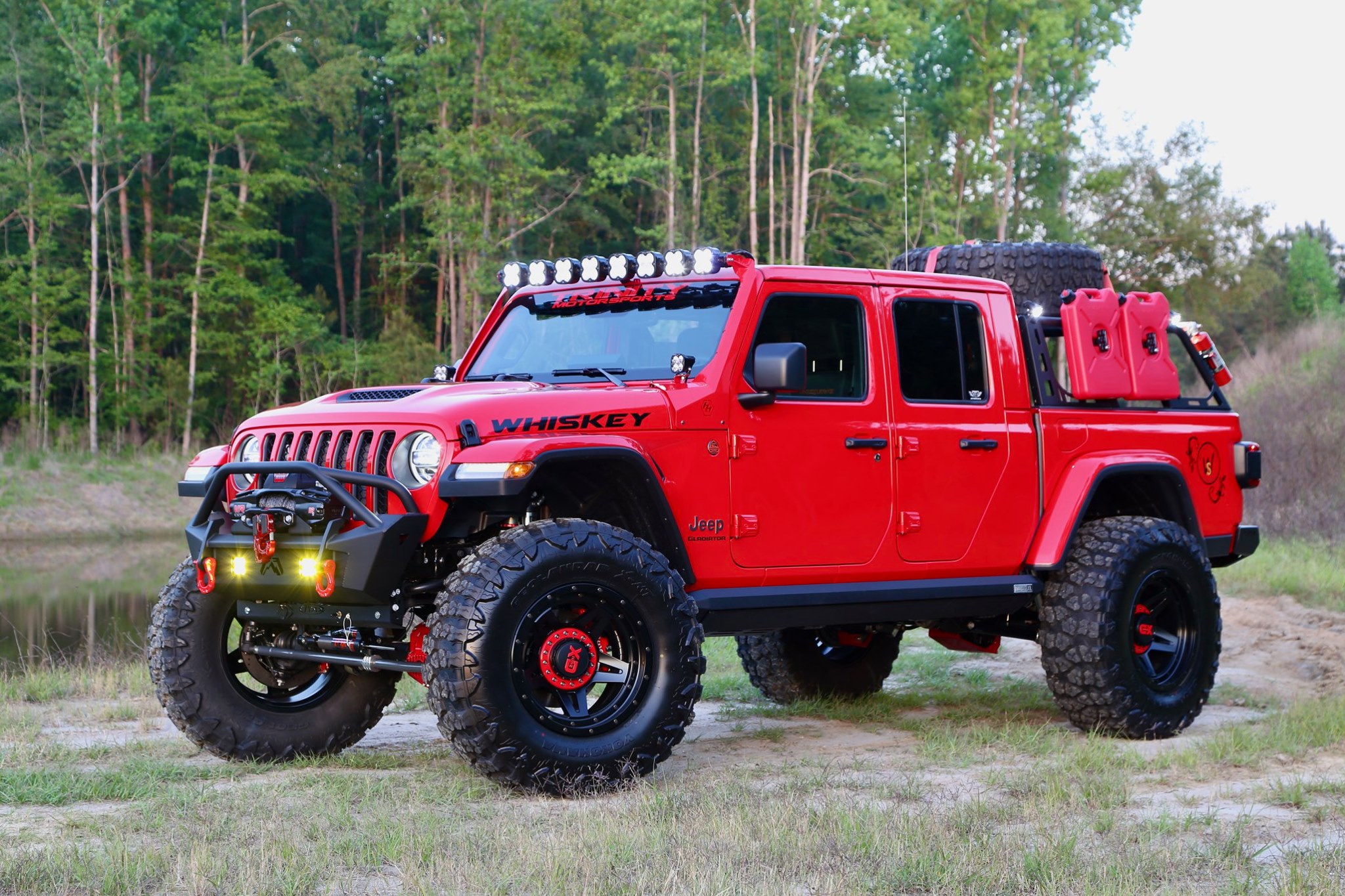
Understanding these distinctions will help you verify authenticity, assess value, and target your search effectively. A "matching numbers" concept is less prevalent for Jeeps than for sports cars, but period-correct components and original body tubs are highly desirable.
Where to Find a 40s Jeep For Sale: Your Hunt Begins
The hunt for a 40s Jeep can be as exciting as the ownership itself. Here are the most common avenues:
- Online Marketplaces:
- eBay Motors: A global platform with a wide range of conditions and prices. Be cautious and verify sellers.
- Craigslist/Facebook Marketplace: Excellent for local finds, potentially unadvertised "barn finds," and often better deals. Requires vigilance against scams.
- Specialized Forums & Websites: Websites like G503.com (the definitive WWII Jeep forum), Military Vehicle Preservation Association (MVPA) classifieds, and various Willys/Jeep forums are goldmines for serious buyers. These communities often have knowledgeable sellers and a higher standard of disclosure.
- Classic Car/Military Vehicle Auctions: Reputable auction houses (e.g., Mecum, Barrett-Jackson, local specialized auctions) often feature high-quality, restored examples. Prices can be premium, but transparency and provenance are usually better.
- Word-of-Mouth & Local Finds: Networking within the classic car or military vehicle community can lead to private sales not publicly advertised. Visiting local car shows, swap meets, or even inquiring at rural auto shops can sometimes uncover hidden gems.
- Dealers Specializing in Vintage Military Vehicles: These dealers often have a curated inventory of restored or well-preserved Jeeps. While prices will be higher, you often gain peace of mind regarding quality, authenticity, and sometimes even a warranty.
What to Look For: A Buyer’s Checklist for a 40s Jeep
Thorough inspection is paramount when considering a 40s Jeep. These vehicles are old, and even seemingly minor issues can quickly escalate into costly repairs.
- Condition is King:
- Rust: The absolute enemy. Inspect the frame (especially where the body mounts), body tub (floorboards, hat channels, cowl), fenders, and undercarriage. Surface rust is manageable; widespread, deep, or structural rust is a major red flag, indicating extensive and expensive repair.
- Engine: Check for leaks, unusual noises, smoke from the exhaust (blue for oil, white for coolant, black for rich fuel). Ideally, perform a compression test. Ensure it starts easily and idles smoothly.
- Drivetrain: Test the transmission (all gears), transfer case (2WD, 4WD high, 4WD low), and axles. Listen for grinding, clunking, or whining noises. Check for fluid leaks.
- Brakes: Test pedal feel and stopping power. Check for fluid leaks around master cylinder and wheel cylinders.
- Electrical System: Most 40s Jeeps were 6-volt. Many have been converted to 12-volt. Ensure all lights, gauges, and accessories work. Look for frayed or exposed wiring.
- Steering & Suspension: Check for excessive play in the steering wheel. Inspect leaf springs for cracks and shackle bushings for wear.
- Tires: Ensure they are in good condition, ideally period-correct military tires if aiming for authenticity.
- Originality vs. Restoration: Decide your priority. An unrestored, original Jeep with patina might be more valuable to some collectors than a perfectly restored one if it retains significant original components and markings. For restored Jeeps, assess the quality of the work. A poor restoration can hide more problems than it solves. Look for attention to detail, correct paint, and proper fasteners.
- Paperwork: A clear title is essential. Without it, registration can be a nightmare. Any historical documents, service records, or photos of previous restorations add significant value.
- Parts Availability: While many common parts (engine, transmission, drivetrain) are surprisingly available due to the Jeep’s widespread use, specific military components, original gauges, or body panels for earlier models can be scarce and expensive.
Understanding the Price: Factors Affecting 40s Jeep Value
The price of a 40s Jeep can vary wildly, from a few thousand dollars for a parts vehicle to well over $50,000 for a concourse-level restoration. Here are the key determinants:
- Condition: This is the most significant factor.
- Barn Find/Parts Car: Typically $3,000 – $8,000. Non-running, heavy rust, incomplete. Suitable only for experienced restorers or for parts.
- Running Project: $8,000 – $15,000. Runs and drives, but needs significant work (mechanical, body, electrical).
- Driver Quality: $15,000 – $25,000. Runs well, roadworthy, but has cosmetic flaws and may need minor mechanical attention.
- Nicely Restored: $25,000 – $40,000. Solid, reliable, looks good, but not necessarily 100% historically accurate or flawless.
- Concourse/Show Quality: $40,000 – $70,000+. Flawless, historically accurate, professionally restored to original specifications. These are museum-quality pieces.
- Model/Rarity: Willys MB and Ford GPW models generally command higher prices than civilian CJ-2As, especially if they have documented military history. Early production models or those with unique features (e.g., factory modifications for specific roles) can also fetch a premium.
- Originality: A Jeep that retains its original engine, transmission, axles, and body tub, even if weathered, often holds more value for purists than one with many replacement parts.
- Provenance: Documented military service, photos of it in action, or ownership by a notable figure can significantly increase value.
- Included Spares/Accessories: Period-correct accessories like shovels, axes, jerry cans, pioneer tools, convoy lights, or even a period trailer, can add substantial value.
Practical Advice & Actionable Insights
- Set a Realistic Budget: Don’t just budget for the purchase price. Factor in shipping, immediate repairs, restoration costs (if applicable), registration, insurance, and ongoing maintenance. Restoration can easily double or triple the initial purchase price.
- Do Your Homework: Before looking at a single Jeep, research the models, common problems, and market values thoroughly. Knowledge is your best defense against overpaying or buying a lemon.
- Inspect Thoroughly: Never buy sight unseen unless you have an independent, trusted expert inspect it on your behalf. Bring a knowledgeable friend, mechanic, or specialist in vintage military vehicles.
- Be Patient: The right Jeep will come along. Don’t rush into a purchase, especially if it feels like a bad deal. There are always more Jeeps out there.
- Factor in Post-Purchase Costs: Consider the cost of transportation (especially for non-runners), insurance for a classic vehicle, and potential immediate mechanical needs to make it roadworthy.
- Join a Community: Engage with online forums (like G503.com) and local clubs. These communities are invaluable resources for advice, parts sourcing, technical support, and finding reputable sellers.
Potential Challenges & Solutions
Owning a 40s Jeep is immensely rewarding, but it comes with its own set of challenges.
- Rust Repair: Challenge: Extensive rust requires specialized welding and bodywork, which can be costly and time-consuming. Solution: For severe cases, consider a reproduction body tub, though this impacts originality. For localized rust, find experienced classic car body shops.
- Mechanical Issues: Challenge: Finding mechanics familiar with vintage 6-volt systems, flathead engines, and non-synchronized transmissions can be difficult. Solution: Learn to do basic maintenance yourself (manuals are readily available). Connect with local classic car or military vehicle clubs for mechanic recommendations.
- Originality vs. Modernization: Challenge: Deciding whether to keep the original 6-volt system, add turn signals, or install modern brakes for safety. Solution: Define your goal (show vehicle vs. driver). For safety, discreet upgrades (like 12V conversion for better lights, or disc brake conversions if desired) are common, but they will detract from concourse originality.
- Parts Sourcing: Challenge: While many parts are available, specific rare components can be hard to find and expensive. Solution: Utilize specialized vendors (e.g., Midwest Military, Vintage Military Vehicles), attend swap meets, and leverage online forums.
- Legality/Registration: Challenge: Titling and registering a very old vehicle, especially if it lacks current paperwork or was previously used off-road. Solution: Research your state’s specific requirements for antique vehicle registration. Always prioritize a clear title at purchase.
40s Jeep For Sale: Estimated Price Guide (USD)
| Condition Category | Willys MB / Ford GPW Price Range (USD) | Willys CJ-2A Price Range (USD) | Notes |
|---|---|---|---|
| Barn Find / Parts Car | $3,000 – $8,000 | $2,000 – $6,000 | Non-running, heavily rusted, often incomplete. Requires full restoration. Suitable for experienced hobbyists or for parts. May lack a title. |
| Running Project | $8,000 – $15,000 | $6,000 – $12,000 | Runs and drives but needs significant mechanical overhaul, bodywork, electrical work, and interior. May have a title. |
| Driver Quality | $15,000 – $25,000 | $10,000 – $18,000 | Roadworthy, runs reliably, but has cosmetic flaws (dings, scratches, faded paint) and may need minor mechanical attention. Suitable for regular enjoyment. |
| Nicely Restored | $25,000 – $40,000 | $18,000 – $30,000 | Good to excellent cosmetic condition, mechanically sound. May not be 100% historically accurate or concourse-perfect, but presents very well. |
| Concourse / Show Quality | $40,000 – $70,000+ | $30,000 – $50,000+ | Flawless, professionally restored to original factory specifications and historically accurate. Often includes correct markings, accessories, and documented provenance. Museum-quality examples. |
Note: Prices are estimates and can fluctuate based on location, specific model year, rarity, documented history, and current market demand. Always conduct thorough research and inspection.
Frequently Asked Questions (FAQ)
Q: What’s the main difference between a Willys MB and a Ford GPW?
A: Both are military Jeeps, virtually identical in design. The primary difference is the manufacturer and subtle part stampings. Ford GPWs have an "F" script on nearly every component (bolts, brackets, body parts), while Willys MBs have "W" or no specific manufacturer mark.
Q: Are parts still available for 40s Jeeps?
A: Yes, surprisingly so! Many common mechanical parts (engine components, transmission gears, brakes) are readily available from specialized vintage Jeep parts suppliers. Reproduction body panels and electrical components are also widely produced. Rare or unique original parts can be challenging to find but appear on forums and at swap meets.
Q: Can I drive a 40s Jeep on modern roads?
A: Absolutely, many owners do! However, be aware of their limitations: no power steering, no power brakes, limited top speed (typically 45-55 mph comfortably), and rudimentary safety features. They are best suited for local driving, parades, and off-road adventures, not highway cruising.
Q: What’s the typical fuel economy?
A: The "Go-Devil" L-head engine is robust but not fuel-efficient by modern standards. Expect around 15-20 miles per gallon, depending on driving conditions and vehicle tune.
Q: Is a 40s Jeep a good investment?
A: For well-preserved, original, or expertly restored examples, values have shown consistent appreciation. However, like any classic vehicle, it’s not a guaranteed short-term investment. Consider it a long-term asset that provides historical enjoyment and potential value growth.
Q: How difficult is it to restore a 40s Jeep?
A: Restoration can be a significant undertaking, requiring mechanical, electrical, and bodywork skills. The simplicity of the design makes it approachable for a dedicated hobbyist, but a full, professional restoration can cost tens of thousands of dollars and take years.
Q: What’s the best way to transport a non-running Jeep?
A: A flatbed truck or trailer is essential. Ensure the vehicle is properly secured to prevent movement during transit. Consider professional classic car transport services for long distances or valuable examples.
Conclusion
The journey of finding and owning a 40s Jeep for sale is an adventure in itself. It’s a dive into history, a testament to enduring engineering, and a connection to a global legacy. Whether your goal is to meticulously restore a piece of WWII history, enjoy a rugged off-road companion, or simply own a unique vehicle that sparks conversations wherever it goes, the 40s Jeep offers an unparalleled experience. With careful research, a thorough inspection, and a realistic understanding of the commitment involved, you can join the ranks of proud owners who keep the spirit of this legendary vehicle alive, one turn of the wheel at a time.

